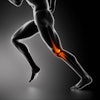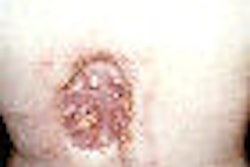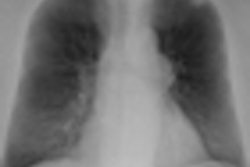Women with stable chest pain are twice as likely to be sent for invasive angiography as men with the same symptoms, according to a new study presented Sunday at the American College of Cardiology (ACC) annual meeting in Atlanta.
The results suggest a stark change in referral patterns from previous years, according to lead researcher Dr. Marcelo Di Carli from Brigham and Women's Hospital in Boston.
"Numerous previous studies indicate that women with stable chest pain are undertreated compared to men," Di Carli said in a statement. "It seems that the pendulum has swung in the opposite direction and, at this time, men appear to be treated at a lower frequency than women with respect to referral to cardiac catheterization after noninvasive cardiovascular imaging tests."
The study analyzed referrals to cardiac catheterization in 1,703 patients (891 women, 812 men) with an intermediate to high likelihood of coronary artery disease who underwent cardiovascular imaging tests, including SPECT, PET, and coronary CT angiography.
The test results were abnormal in 30% of women and 22% of men, with 10% of all patients referred for invasive angiography. However, referral rates were higher in women (13%) than men (6%), the group reported. And after adjusting for age, diabetes, test result, type of imaging test, and chest pain, female sex remained a significant predictor of referral to cardiac catheterization -- for reasons that remain unclear.
"Without a definitive standard of appropriateness for referral to cardiac catheterization in patients after noninvasive testing, it is unclear whether the observed variation in referral to catheterization reflects undertreatment, appropriate use, or overtreatment," said Di Carli, adding that it could be due to either excessive referrals of women or underreferrals of men, a question that will require further study.
The investigators cited several likely reasons for the gender difference, including heightened awareness that women present with more irregular symptoms than men and that coronary artery disease leads to worse outcomes among women.
Related Reading
Angina predicts severe angiographic coronary disease in women, January 15, 2010
Treadmill testing of limited value in diagnosing coronary stenosis in women, April 19, 2005
Analysis favors coronary CTA over stress MPS for chest pain, January 15, 2010
Patients with peripheral arterial disease may need cardiac imaging, December 30, 2009
Echocardiography test beats SPECT for predicting problems after MI, December 7, 2009
Copyright © 2010 AuntMinnie.com



















